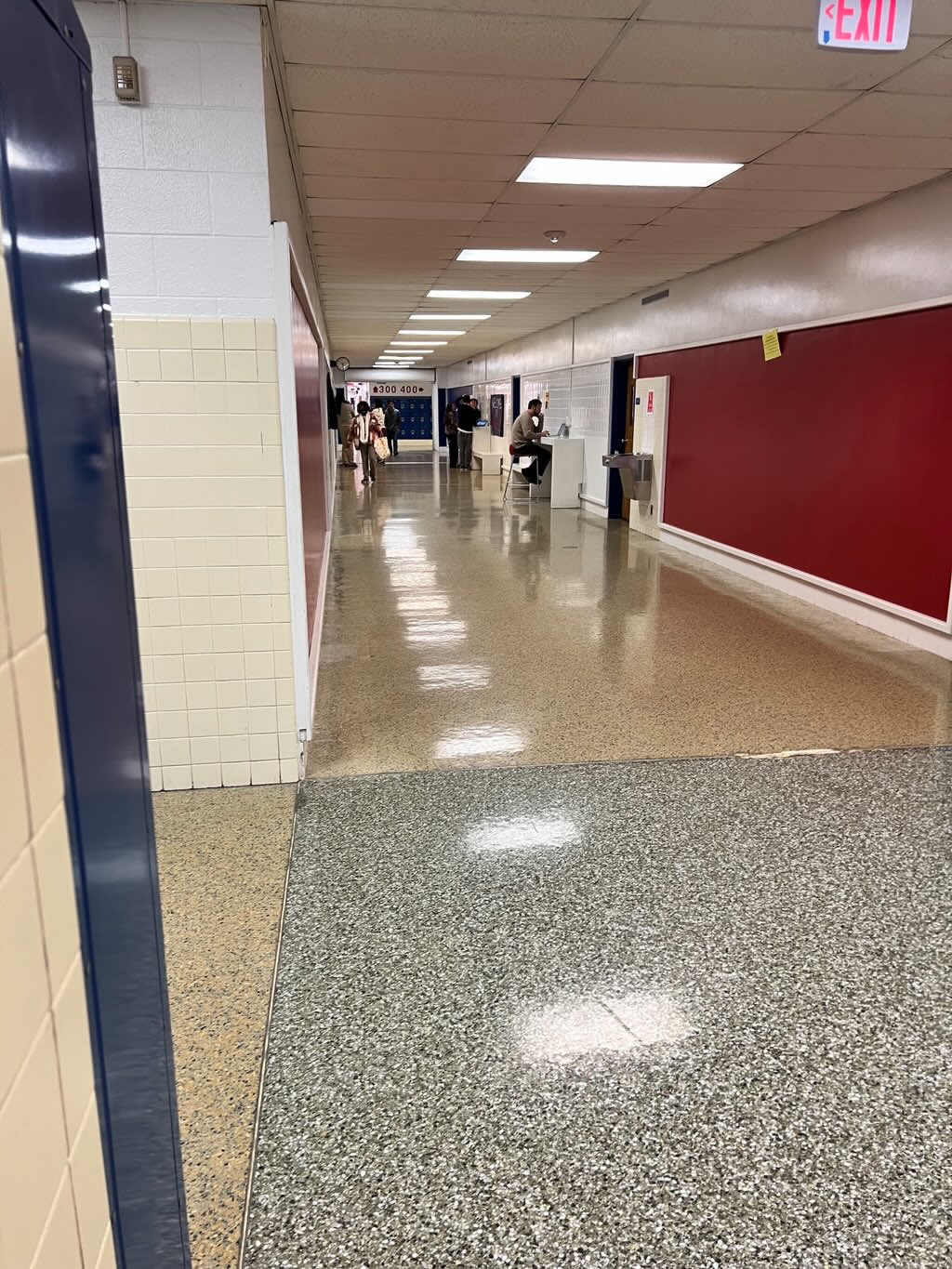Students Advocate to Keep Asynchronous Mondays
Mounce teaches English at Kempsville High School.
January 8, 2021
As a result of virtual learning, schools have made Monday classes asynchronous, allowing students to work independently. Though the pandemic is far from over, many debate whether or not to keep asynchronous Mondays in the post-pandemic school environment.
When polling the Treaty’s Instagram audience on the topic, 89% of voters wanted to keep asynchronous Mondays during the normal school year. Students and teachers alike have found benefits in having a flexible work day.
“It’s a good mental health day because I don’t find myself having the Sunday blues anymore, and I think a lot of my students… are on the same page,” said Kaitlin Mounce, an English teacher advocating to keep asynchronous Mondays.
Though sophomore Savanna Crawford doesn’t want asynchronous days to overstay their welcome, she understands their importance during the pandemic.
“I personally do not enjoy sitting at my computer for almost seven hours every day,” said Crawford. “I like that I get Mondays to prepare myself for the new week and take a break from all of the sitting and staring [while] my teachers talk.”
Asynchronous classes allow students time to catch up on their workload and work at their own pace. Independent learning gives students the opportunity to create their own schedule without the pressure of falling behind. Teachers also receive more time to help individual students and organize lesson plans for the rest of the week.
“We have that entire day to plan, grade, reach out to students, hold office hours, [and] email parents. It’s almost as if an extra day has been added to our calendar,” said Mounce.
However, asynchronous classes are not without their downfalls. After spending such a long time away from the school, Crawford is itching to return to Kempsville High School post-pandemic.
“I personally enjoy going to school—most of the time—and getting to see my friends, and I just wouldn’t want asynchronous Mondays to take away from that,” she said.
In navigating virtual classes, Mounce has also discovered the learning curve for asynchronous assignments.
“I’ve realized that Mondays shouldn’t be treated like another day of class,” said Mounce. “It shouldn’t be a day where the teachers assign an assignment that would take the time of a normal class.”
Most of all, Mounce emphasized that asynchronous Mondays should be seen as a time for students and teachers to take a break.
“As a teacher who is teaching in 2020, you just need a break. We just need mental health time,” said Mounce. “I just feel like after everything that’s been thrown our way, asynchronous Mondays [are] like our… little way of taking… control.”
Moving forward, Mounce encourages others to continue spreading positivity and expressing sympathy even after the pandemic.
“At the end of the day, we need to recognize that we are all human beings who are going through a time that is extremely turbulent and unsure. A lot of us are experiencing anxiety and stress that we have never experienced before,” said Mounce.









